Business overview
Power generation capacity
Approximately 10,000 kW (equivalent to 3,200 households)
Project period
October 2013 to the end of September 2033
This project adopts a new business model, the first of its kind in Japan (as of 2013), where multiple participating companies share the installation costs of the mega-solar system and receive a share of the revenue from selling the generated electricity to power companies according to their cost-sharing ratio.
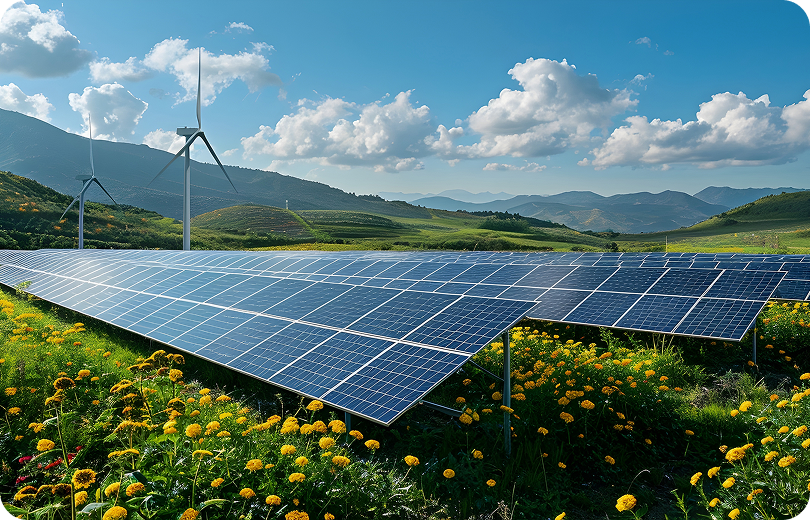
Origin
The project aims to utilize the upper space of Yumeshima island(waste landfill site), where incineration ash from general waste generated by Osaka City and surrounding municipalities is disposed of, for a large-scale solar power generation project.
This project not only aims to reduce CO2 emissions but also contributes to environmental education and regional contributions through public-private collaboration.
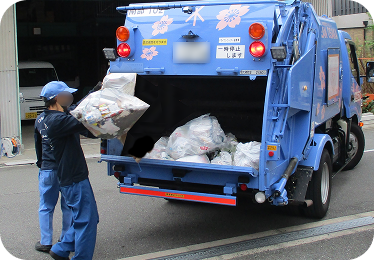
Garbage collection truck


Incineration plant

Landfill operation
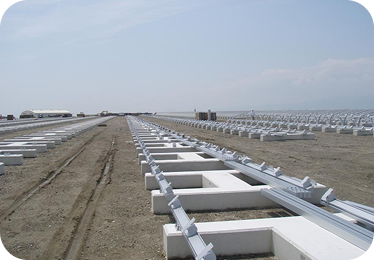
Solar panel mounting
construction
(under construction)
Features
This project differs from mega-solar projects that solely aim for profit and has the following features:
- Effective use of urban waste disposal sites
- Environmental contributions through public-private collaboration
- Environmental contributions through collaboration among multiple companies
- Contributions to environmental education and the community
The installed mega-solar system is used as educational material for environmental education, and part of the revenue from selling
electricity is utilized for Osaka City's environmental creation projects.
Participating companies

New projects
Osaka City's decarbonization-related initiatives
- 2Goal for 2050: Achieve net-zero greenhouse gas emissions.
- 2030 Target: Reduce emissions by 50% compared to 2013 levels.
- Key Focus: Efforts in business districts are particularly important due to the high concentration of businesses in the city.
Pioneering Decarbonization Region : Town transformation that starts from the street!
Midosuji as a people-centered, carbon-neutral street
Midosuji area : Selected as a “Decarbonization Leading Area” by the Ministry of the Environment (November 2023)
Achieving net-zero CO2 emissions from electricity consumption by FY 2030.

Thorough energy-saving
ZEB promotion during reconstruction, updating to high-efficiency air conditioning and LED lighting, etc. in existing buildings.
Securing renewable energy
Introducing solar power generation within leading areas, solar power generation in elementary and junior high schools etc. in Osaka city, waste-to-energy power generation in incineration plants, and supplying renewable energy from other regions.
The electricity generated by the Yumeshima Mega Solar Plant (Osaka Hikarinomori) including its environmental value as renewable energy— was utilized at Expo 2025 Osaka, Kansai, and will also be leveraged in the Decarbonization Leading Area (Midosuji Area), contributing to the creation of a sustainable urban model.
interregional cooperation
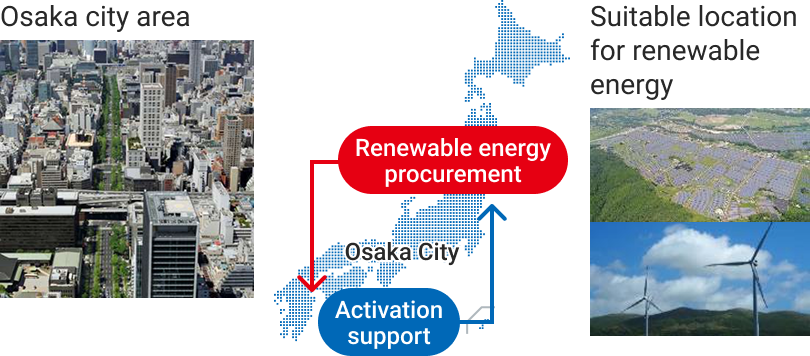
power generation system
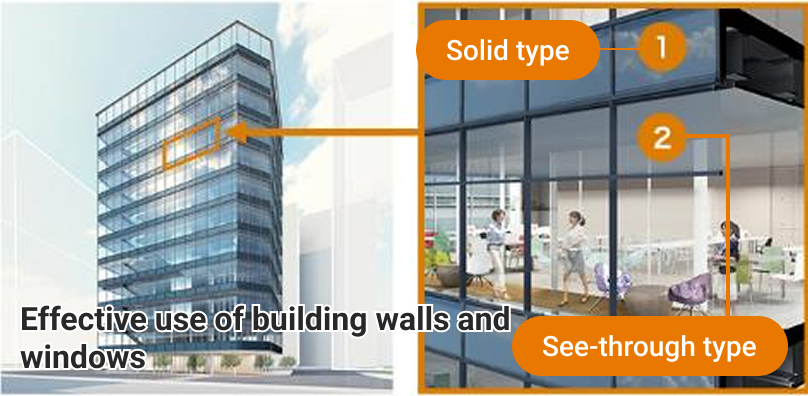
Decarbonization technologies at the Osaka-Kansai Expo
Demonstrating cutting-edge technologies to achieve carbon neutrality
Thin and flexible solar cells
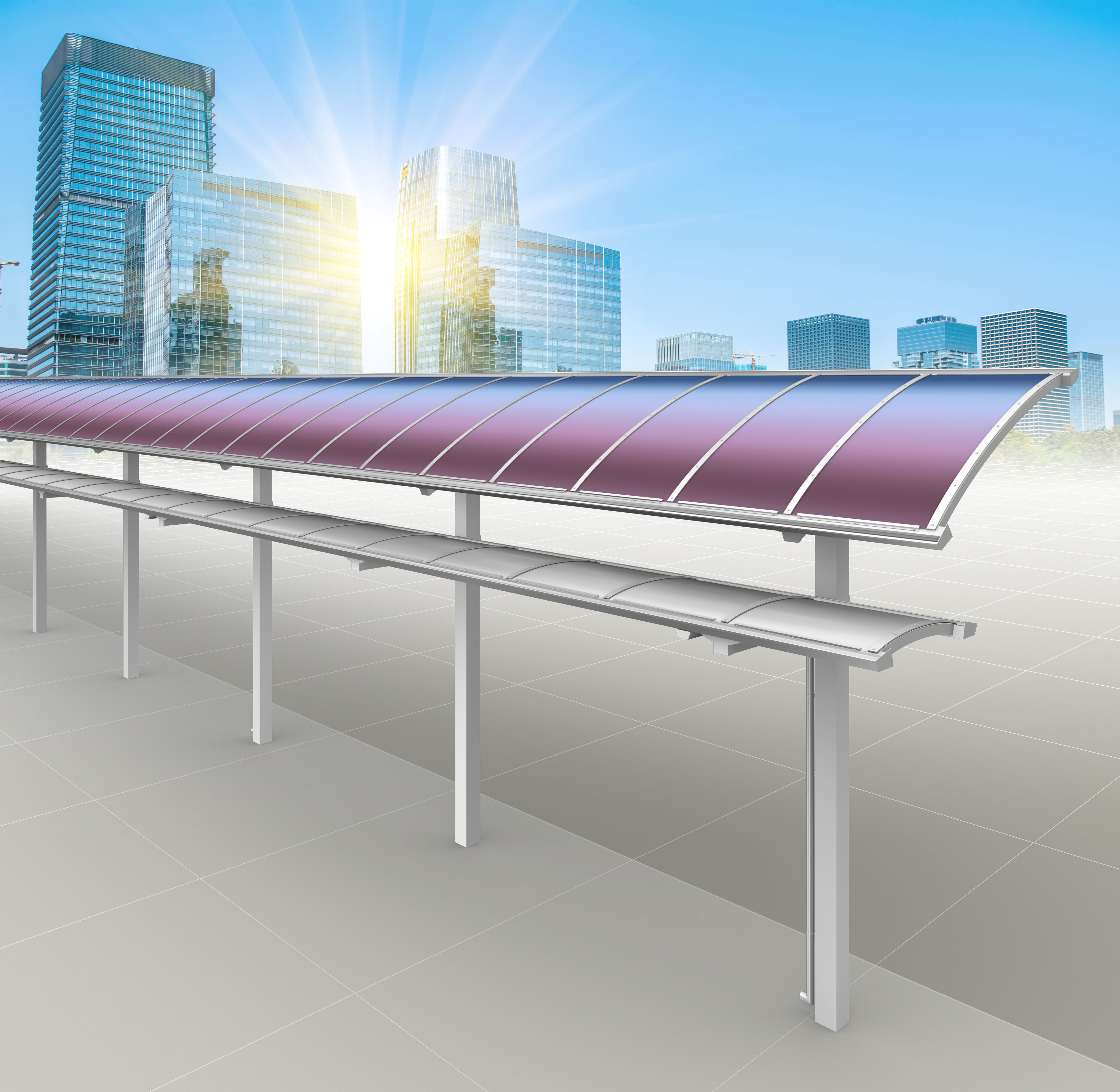
Sekisui Chemical Co., Ltd.
Cooling with groundwater heat

Producing city gas from CO2

Ministry of the Environment project: Model construction and demonstration project to reduce the cost of hydrogen supply using existing infrastructure (Hydrogen supply chain construction and demonstration project in urban areas using methanation using hydrogen derived from renewable energy and biogas derived from food waste).
Hydrogen fuel cell (FC) ships, EVs and FC buses
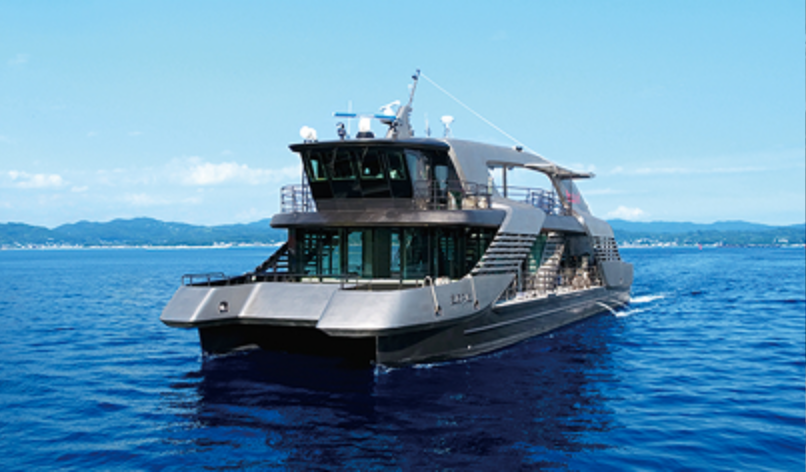
Iwatani Corporation website
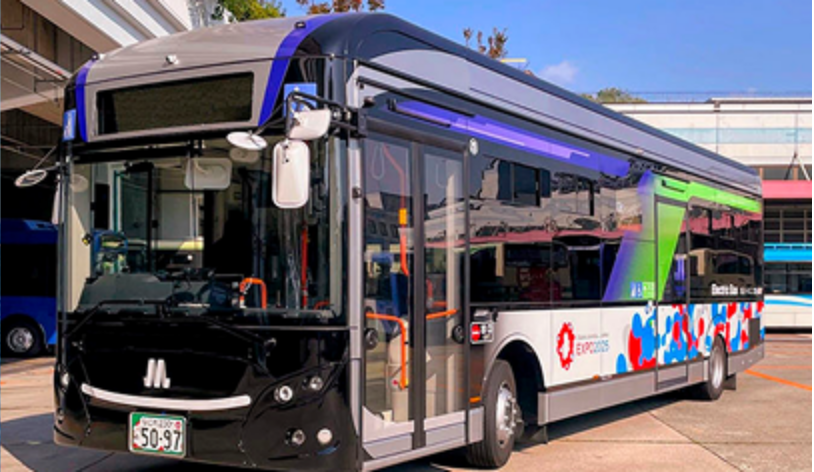
Osaka Metro
